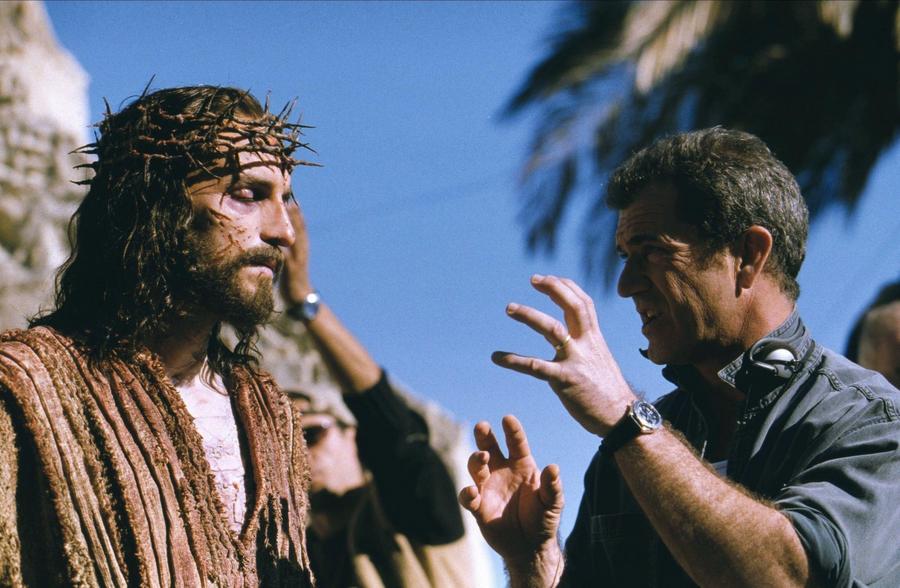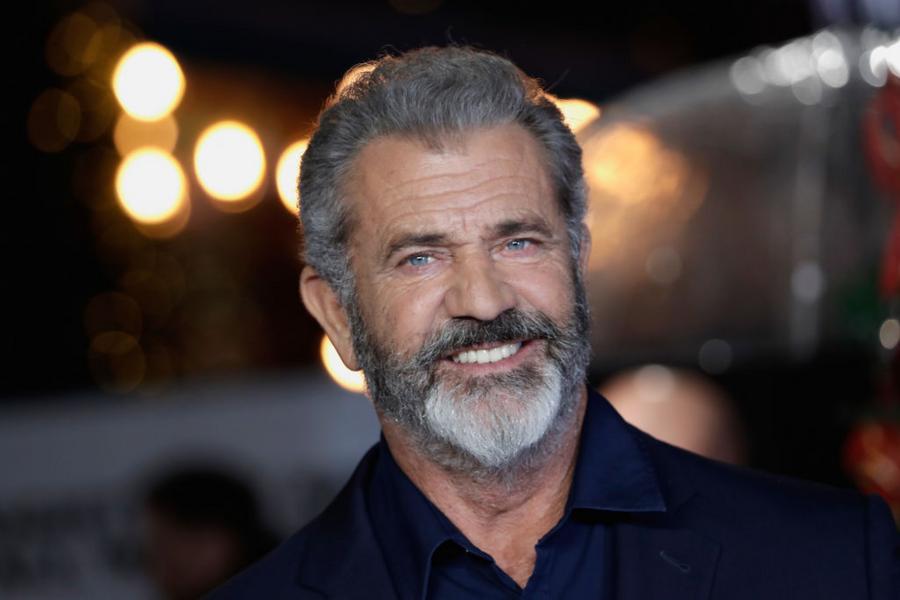"Top Gun: Maverick" generated $1.5 billion at the global box office and hundreds of millions more from streaming and pay-per-view income. Thanks to his $13 million upfront salary and generous cut of "first dollar gross" revenue, Tom Cruise easily earned a $100 – $130 million payday for the smash-hit sequel. And while that's an extremely impressive payday, it still does not quite come close to the inflation-adjusted $194 million earned by Bruce Willis in 1999 thanks to his extremely generous backend deal on "The Sixth Sense."
And while earning $130 – $200 million on a single film is really impressive for an actor, those paydays still absolutely pale in comparison to the windfall Mel Gibson earned from 2004's "The Passion of the Christ."
And to be clear, Mel did not act in "Passion." He earned his payday as the film's primary financial backer, aka producer. A payday that still stands as the… Largest payday in Hollywood history…

(Via Alamay)
Before you read any further, if you love reading stories about extremely rich people making money in extremely weird and creative ways, please subscribe to our newsletter, Deep Pockets! Once a week, we tell a story you've probably never heard about a massive fortune being made (or lost). Subscribe by clicking this link or by entering your email in the form below:
Mel Gibson used to be one of the most universally beloved movie stars in Hollywood, thanks to iconic turns in the "Mad Max" and "Lethal Weapons" franchises, as well as films like "Signs," "What Women Want," "Ransom"… and the list goes on and on.
Mel also eventually became known for his work behind the scenes, directing the classic "Braveheart," before landing on what it would be too on-the-nose to describe as his "passion project," 2004's "The Passion of the Christ."
When he approached studios to help with financing his passion project, they were slightly uncomfortable with the idea of making a purely religious and VERY uncomfortable after learning Mel planned to make it an "extraordinarily graphically violent Christ narrative film."
No studio would touch the project with a 10-foot pole.
So Mel Gibson bet it all. On himself.

John Phillips/Getty Images
Passion Backstory
Mel Gibson had been interested in making an extraordinarily graphically violent Christ narrative film for years before it actually became a reality. However, even for someone of his proven star power in Hollywood, the project was simply too much for any major studio to take on.
For one thing, the religious subject matter was risky, as would be the graphic violence, which Gibson intended to make more gruesome and realistic than any previous film about the crucifixion.
And then there was the fact that he wanted to make the film in historically accurate Aramaic with English subtitles. It all led up to Gibson eventually having to finance the film himself.
There's an old axiom in show business: "never put up your own money." But sometimes, it's the only way to get a film made, and if you're passionate enough (and lucky enough to have the necessary financial resources to your name), it's been known to happen.
That ended up being the case with Gibson and "Passion."
Mel Gibson put up $30 million of his own money to cover the film's projected production costs.
Unfortunately, before it was completed, he ended up putting another $15 million into the project, raising his personal investment in the film to a total of…
$45 million
Gibson was taking a big risk by investing so much money into such an ostensibly non-commercial project. And had the film actually met the industry's low expectations, that might have been the end of the story.
But, as you might already know, "The Passion of the Christ" went on to become a surprise smash hit. The controversy surrounding its release drew big audiences among the faithful and the simply curious alike.
The movie grossed around $600 million at the box office, which means that Gibson's personal investment in the project paid off for him big time.
How Much Did Mel Gibson Make off "Passion"?
Before the film was released, Mel struck a distribution deal with a company called Newmarket Films. The deal left Newmarket and Gibson each owning 50% of whatever profits were generated.
Mel Gibson's 50% cut of the box office profits alone came to $150 million.
He then earned another $75 million from DVD sales, which peaked back in 2004 but are probably still dribbling in today (along with revenue from streaming rentals and the like).
There was even a second version of the film released in the spring of 2005: "The Passion Recut," an alternate version with most of the graphic violence removed. This one was far from the box office phenomenon of its predecessor, but it did manage to gross more than half a million dollars during its relatively small theatrical run.
Then there's the merchandising – it might seem strange for a biblical film like this, but "The Passion of the Christ" generated a wealth of official merchandise opportunities, including Christ nail necklaces and other items. Newmarket did NOT receive a cut of these profits. Gibson, being the film's sole investor, gets the lion's share of these revenues.
When you add it all up, Mel Gibson's personal earnings off "The Passion of the Christ" come to somewhere in the range of…
$400 million to $475 million
Not a bad take for a single film!
To give you some perspective that once again involves Tom Cruise, Mr. Cruise has earned around $300 million off the various iterations of "Mission Impossible" to date. That's $300 million earned off SIX movies.
Similarly, Keanu Reeves and Johnny Depp made hundreds of millions of dollars off The Matrix and Pirates franchises.
No matter how you stack it, Mel Gibson's "Passion" project still stands as Hollywood's biggest individual payday ever.
Read more: "Passion of the Christ" Earned Mel Gibson The Largest Single Payday In Hollywood History


0 Comments